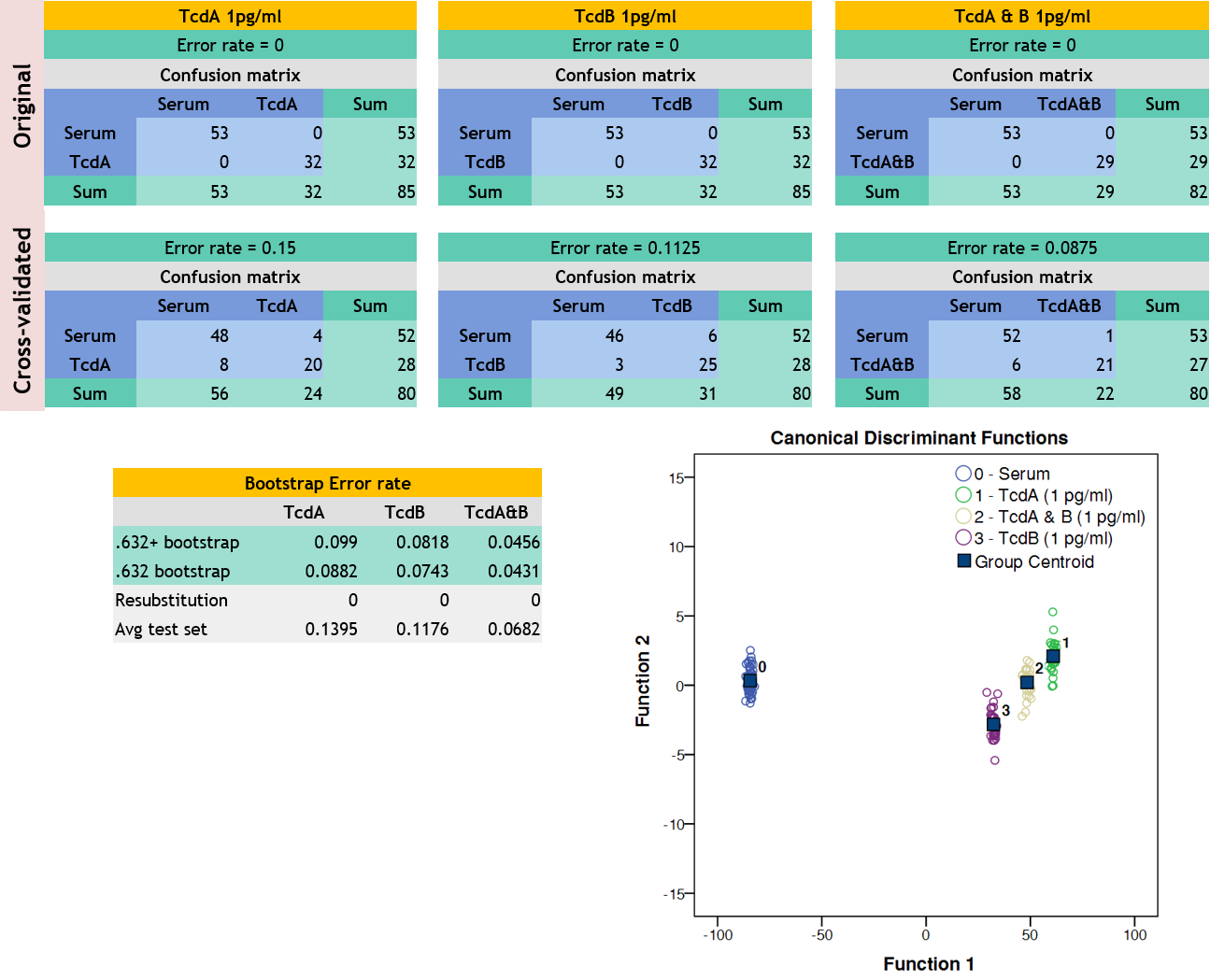Z. Wang1, S. Tian1, Q. Liu2, I. Lei1, C. Zhao2, L. Wang1, L. Bu3, P. X. Ma2, Z. Wang1 1University Of Michigan,Cardiac Surgery,Ann Arbor, MI, USA 2University Of Michigan,Biologic And Material Sciences/Dentistry,Ann Arbor, MI, USA 3New York University School Of Medicine,Leon H Charney Division Of Cardiology,New York, NY, USA
Introduction: Cell-based therapy is a promising strategy to regenerate the injured heart after myocardial infarction. However, the current strategies only show modest therapeutic benefits largely due to the low engraftment and poor regeneration of functional cardiac muscle tissue.
Methods: To address these critical issues in heart regeneration, we applied poly (L-lactic acid) nanofibrous hollow microspheres (NF-HMS) as cell carriers to transplant human embryonic stem cell (hESC) derived cardiomyocytes (CMs) into infarcted rat hearts.
Results:Our studies showed that, 28 days after cell transplantation, graft size of the CM+NF-HMS group (1.85 ± 0.72 mm2) was significantly higher than that of the CM only group (0.49 ± 0.34 mm2) (P<0.01), resulting in a 3.78 fold increase of CM engraftment by application of NF-HMS. Consequently, the reduction of infarct size in CM+NF-HMS group was significantly greater than that of the CM only group (42.58% versus 12.07% reduction). Furthermore, the grafted cells could couple with host cells as indicated by connexin 43 connections between grafted and host cells. Functionally, the left ventricular ejection fraction and fractional shortening in CM+NF-HMS group was significantly improved compared with CM only and PBS control groups. The increased engraftment of CMs in CM+NF-HMS group also promoted a higher density of vasculature in the infarction border zone.
Conclusion:Thus, the highly engrafted transplantation of CMs using NF-HMS as a cell carrier resulted in significant improvement of CM engraftment, revascularization, and functional performance, providing an exciting strategy for heart regeneration.









